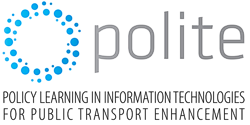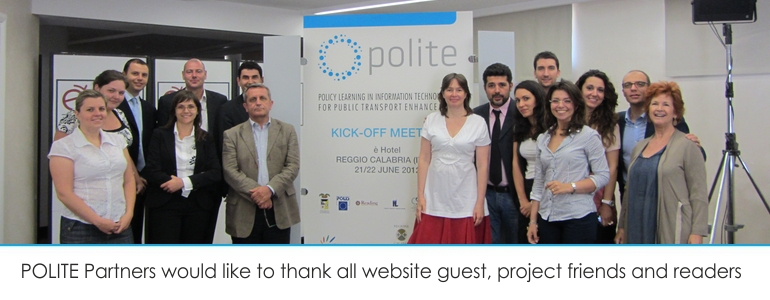- Topic of the practice - This plan has been developed during the last five years and tackles several aspects related to the public transport improvement. In some cases the adopted measures involve new technologies but in other cases they are political decisions or good practices in the management process. This process is complex and in a constant evolution. For more details please find a description here: http://portal.ayto-santander.es/documentos/pmss.zip
- Location of the practice - Santander/ Spain
- Description of the practice- The Santander’s SMP has been developed during several year and is in constant evolution. Some measures like Intermodal PT were applied 15 years ago, others like PT Information System using panels or SMS were introduced around 4 years ago.
- Evidence of success - The main expected benefits are:
- Costs reduction;
- Pollution reduction;
- Better Public Transport Service;
- Intermodal services.
Most of these benefits has been achieved, others are still pending.
- Contact details to obtain further information - Jose Antonio Teixeira Vitienes General Director of Innovation Santander City Council This email address is being protected from spambots. You need JavaScript enabled to view it.







